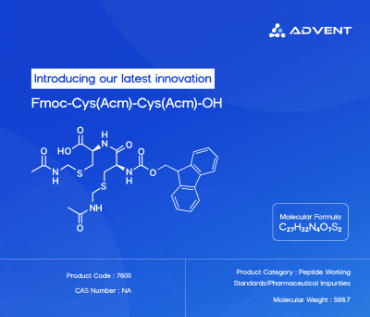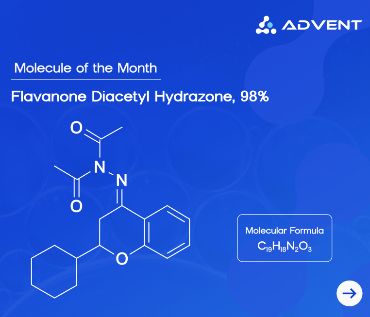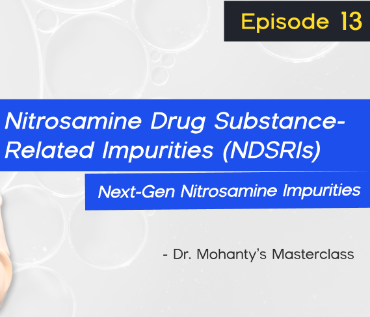Introduction
This morning, as I was consuming my vitamin tablets, I wondered whether they had any impurities. Then, I immediately remembered: of course, they probably do.
In practice, impurities are present in almost all chemical compounds – only the quantity varies. Even most pharmaceutical products have impurities, and their quantities are within the acceptable range. Hence, these products can be sold and consumed safely. However, the types of impurities in pharmaceuticals have a considerable effect on their efficacy. In this article, let’s understand a little more about the drug impurities and their effects on the product.
But, before getting into that, let’s address the elephant in the room:
What are pharmaceutical impurities?
Pharmaceutical impurities are unwanted chemicals that remain in the active pharmaceutical ingredient or formulation after development. These chemicals may be residues of raw materials, byproducts created by unwanted side reactions, or contaminants introduced during processing. There are many sources of pharmaceutical impurities. Furthermore, as you may already expect, they alter the efficacy, safety, and mechanisms of pharmaceuticals.
Even in small quantities, these impurities can completely destroy the profile of the drug and cause side effects. As a result, quality control (QC) remains critical for the pharmaceutical industry. Companies and researchers have spent millions of dollars and thousands of hours developing and optimizing quality control and impurity removal processes.
These efforts are why, today, we can easily identify and separate impurities. Impurities in active pharmaceutical ingredients (APIs) are segregated based on their sources and compositions—take a look!
Classification of impurities in drugs
According to their sources, these are the types of pharma impurities:
Raw material impurities: These impurities are related to the raw materials used for API synthesis. These may be present in the raw material or may be formed due to the inferior quality of the raw material.
Byproduct impurities: These impurities are formed due to unwanted side reactions or spontaneous decomposition. They are also formed via the spontaneous reaction of the drug during storage or after exposure to extreme conditions.
Precursor impurities: Such impurities include unused precursors left behind in the final product. They are often in trace accounts.
Furthermore, we can also classify pharmaceutical impurities by type:
Organic impurities: Organic impurities are often solvents used or produced during drug preparation. This also includes excipients utilized in drug formulation preparation.
Inorganic impurities: These are often raw materials or other chemicals used during processing. They can also be metals used as catalysts.
So, what will happen if high concentrations of pharmaceutical impurities remain in the final drug?
Nothing good, of course, but the answer is a little more complicated!
Effects of pharmaceutical impurities
Here’s how impurities may affect pharmaceutical products:
They may be incompatible with other substances, leading to side effects.
They can decrease the shelf-life of the drug.
They alter physical and chemical properties of the drug.
They can reduce the therapeutic effect of the drug.
They modify the color, odor, or taste of the drug.
What Can I Do?
Pharmaceutical impurities are often introduced during the manufacturing stage. Hence, it’s necessary to obtain high-quality and pure chemicals from reliable manufacturers. Residual solvents are among the most common pharmaceutical impurities, and the ideal way to avoid them is to purchase high-purity solvents.
At Advent, we offer a range of solvents in various grades: GC, HPLC, analytical, etc. So, we can help you get the best solvent for your formulation and manufacturing needs. Contact us today and get a quotation!



